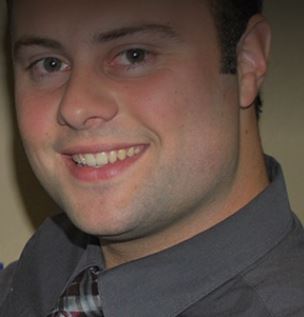“What causes spinal misalignment?”
I am a 37 year old female. I have a spinal misalignment. What causes spinal misalignment?
9 Answers
ChiropractorChiropractor
These kinds of forces include things such as falls, car accidents, repetitive injuries or any other type of physical trauma that can cause a misalignment. Chemical forces – Chemicals impact your muscle tone, and the alignment of your spine is dependent upon your muscles to help support it.
Poor posture, trauma, car accident, working out, etc. A chiropractor is the only professional that works on alignment and biomechanics.
Dr. Jeffrey Roistacher
Dr. Jeffrey Roistacher
A spinal misalignment or subluxation can be caused by factors that cause a muscle to tighten or spasm and in turn cause the tendon to become taught to the bone it is attached and put pressure on the joint associated with it. Factors that can cause this cascade could be trauma, dehydration, poor flexibility, and/or poor nutrition leading to a vitamin and/or mineral deficiency. An adjustment can help relax the joint and in turn relax the tendon and muscle associated with that segment.
If that isn’t an age old question! Trauma could caused bones to subluxations (misalignments). Repetitive activities especially involving poor posture like remaining bent over for a long time can certainly cause them. Lifting improperly, sleeping on your stomach, extensive computer work can all cause subluxations. In other words, the daily stresses of life takes their toll on our spines.
Jay H Schwartz, DC, DIBCN, DIBE
Jay H Schwartz, DC, DIBCN, DIBE
A short but complicated answer: neurological stress.
When the brains out of balance, the body always follows. Physical stress like lifting, poor posture, sitting long periods. Chemical stress like a poor diet and even emotional stress allow your spine to go out of alignment.
When the brains out of balance, the body always follows. Physical stress like lifting, poor posture, sitting long periods. Chemical stress like a poor diet and even emotional stress allow your spine to go out of alignment.
I don't like the tern "alignment". In my opinion treating the spine is about function. Everybody's spine is different and responds differently. Cause can
be anomalies from birth, injuries, degeneration and/or postural. The goal is to make the spine work well with in it's own structural parameters. The exception of this is diagnosis and treatment of Scoliosis in youth and elderly. In the young and during the degeneration of old age it is possible if the diagnosis is early enough to modify, slow down and in a few cases stop or reverse the scoliotic process.
be anomalies from birth, injuries, degeneration and/or postural. The goal is to make the spine work well with in it's own structural parameters. The exception of this is diagnosis and treatment of Scoliosis in youth and elderly. In the young and during the degeneration of old age it is possible if the diagnosis is early enough to modify, slow down and in a few cases stop or reverse the scoliotic process.
Unfortunately most anything can cause our spines to go out of alignment. Usually a compromised posture or repetitive movements are causes for misalignment. Trauma is another mechanism for spinal misalignment.







